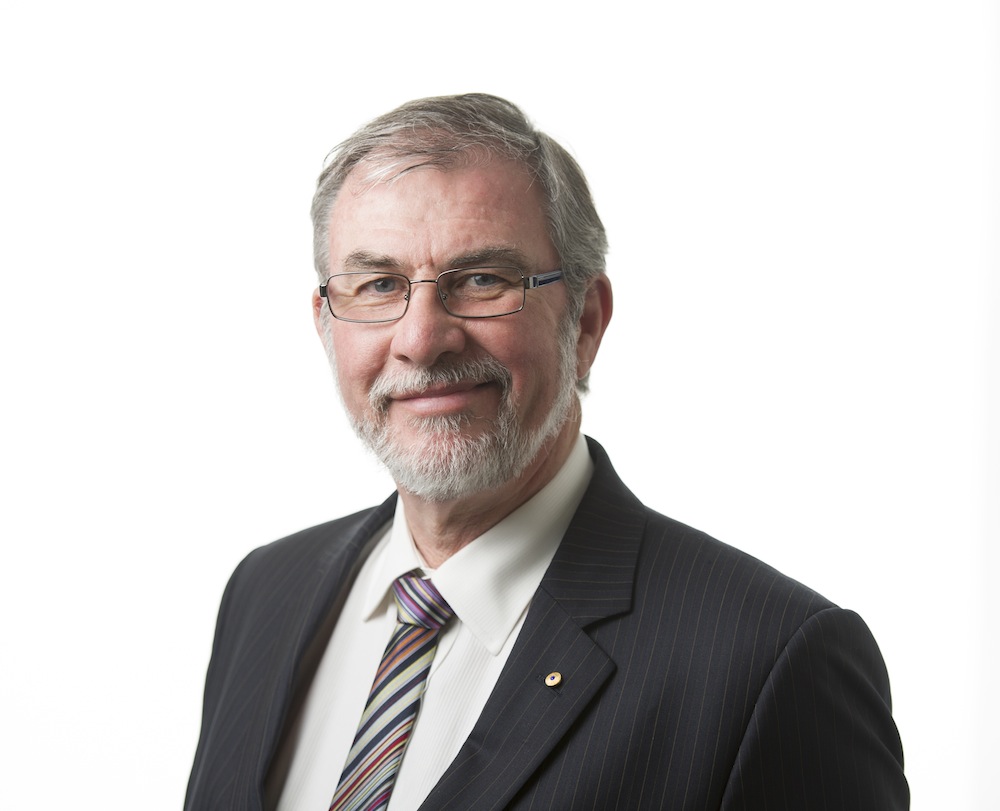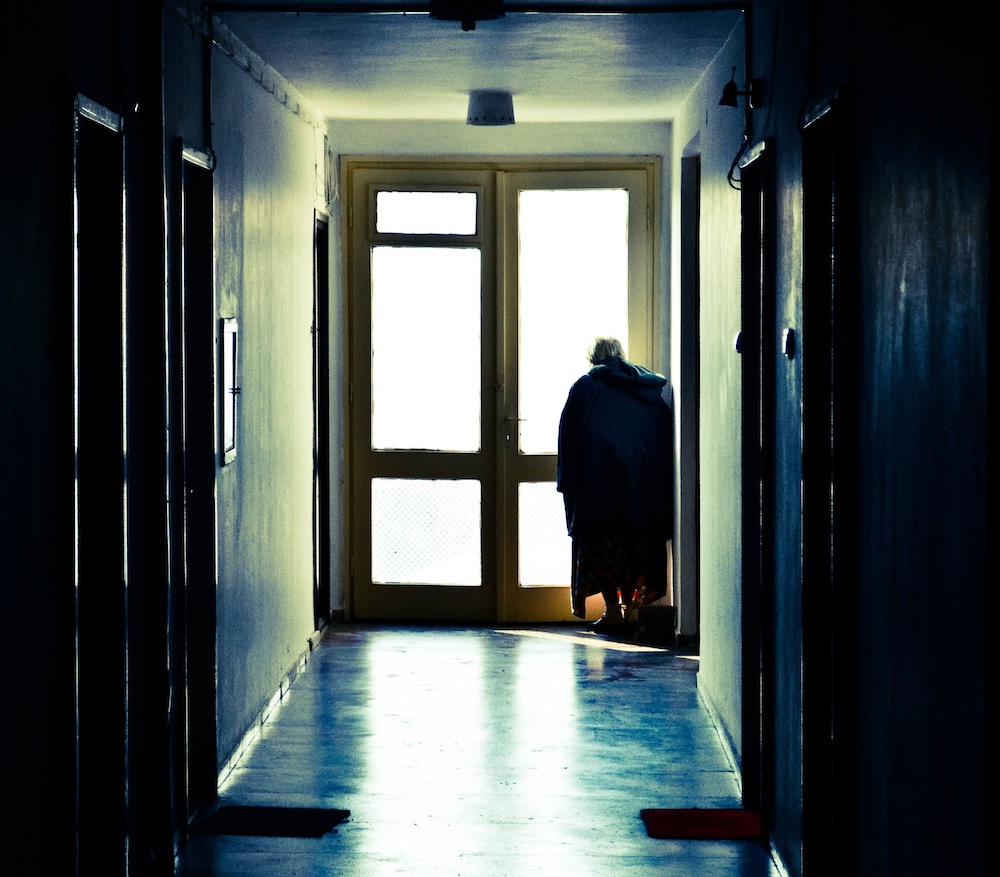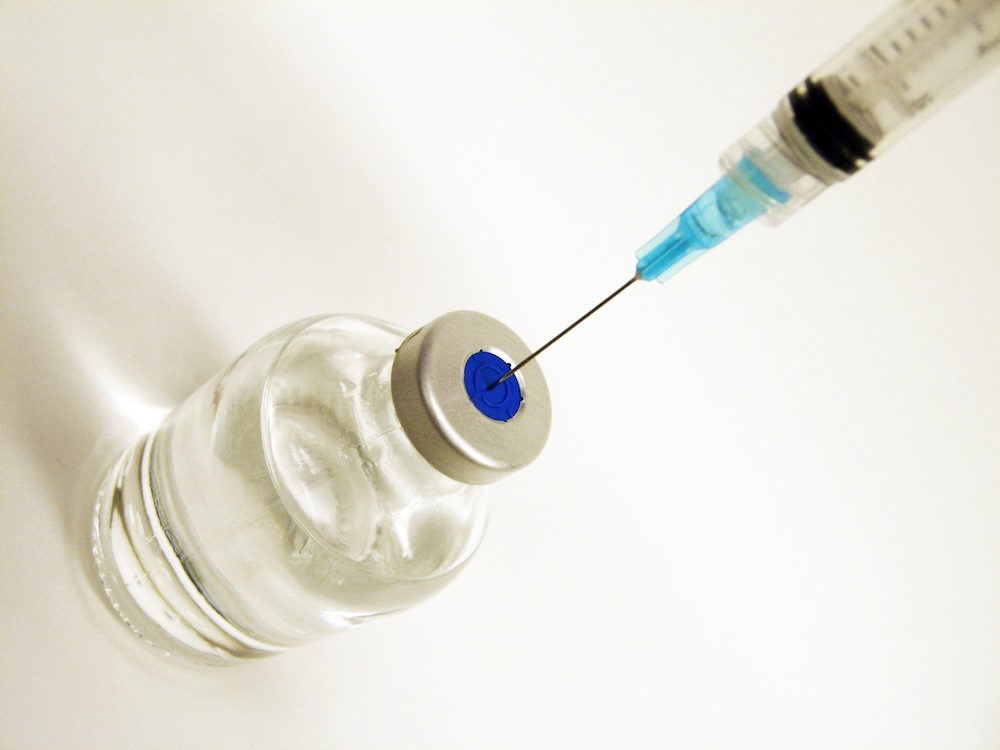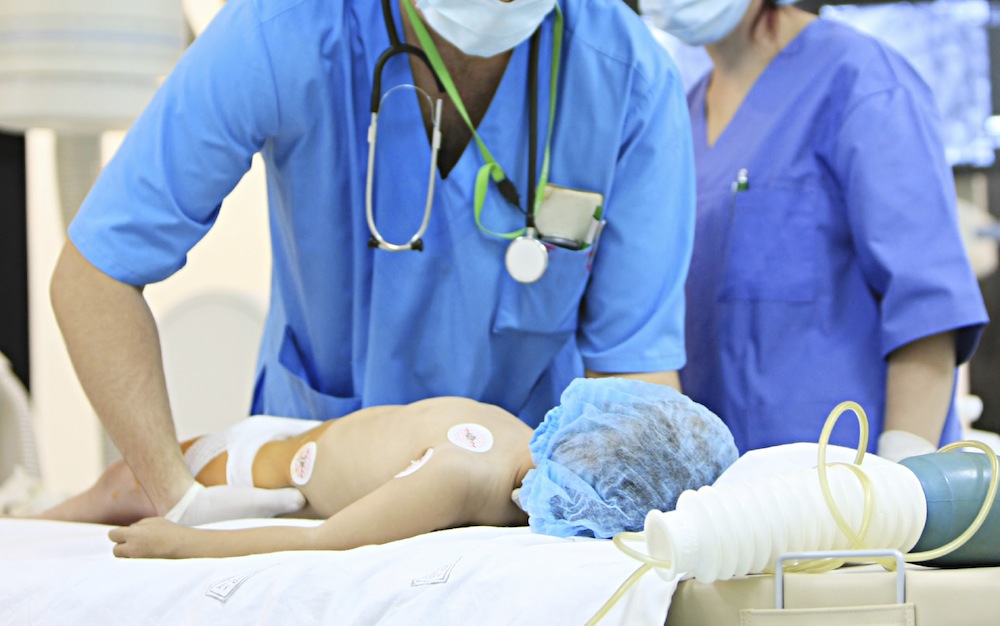The Federal Budget 2013 – 2014: An opportunity to deliver a health workforce that meets future healthcare needs
The Federal Budget 2013 – 2014 announcement and its expected impact on health The announcement of the Australian Federal Budget is one of the most important dates on the calendar …







